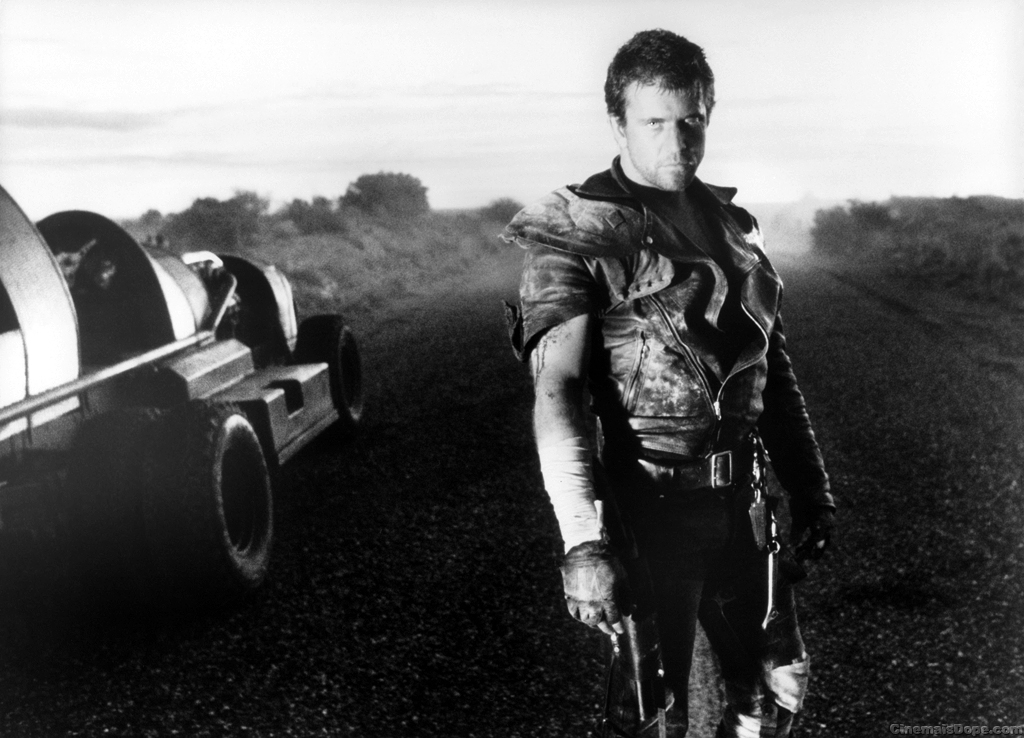

Max was introduced to the world as essentially a copy of countless avenging warriors that have populated fiction for a long time. Even so, it's undoubtedly a Mad Max story. The fourth chapter of the story, Mad Max: Fury Road, is not a sequel or reboot in the traditional sense - replacing Gibson with Tom Hardy and hinting at a different backstory. This kind of deconstruction of Max - from husband and father to shell of a man - and the subsequent reconstruction of him into the idea of a stoic, resourceful hero is an interesting thing to see and, on Miller's part, was a smart decision to make, as it allowed for spontaneity and experimentation each time he chose to helm a Mad Max movie. The third Mad Max story, Beyond Thunderdome, takes the idea of myth even further by bringing back a character from Road Warrior in an updated form as Max is further along on his hero's path, inspiring younger characters to believe in a better tomorrow. It's no longer a '70s revenge thriller, and because of Max's eventual selflessness, he achieves a mythologized ideal in the narrator's eyes. This narration is important because it sets up how humanity was destroyed, as well as the general direction of the movie.

Unlike the first film, Road Warrior includes a bookending narration told by an old man who is implied to be the Feral Child Max meets early on.
Mad max road warrior movie#
In this way, Miller presents a whiplash-inducing, metal-twisting action movie that gives viewers a deconstruction of its title character, breaking him down throughout Road Warrior and then rebuilding him in the form of a legend. Gibson brings with him a special kind of dead-eyed grit, essentially getting tossed around between the two warring groups until he makes a choice to take control of his destiny.


 0 kommentar(er)
0 kommentar(er)
